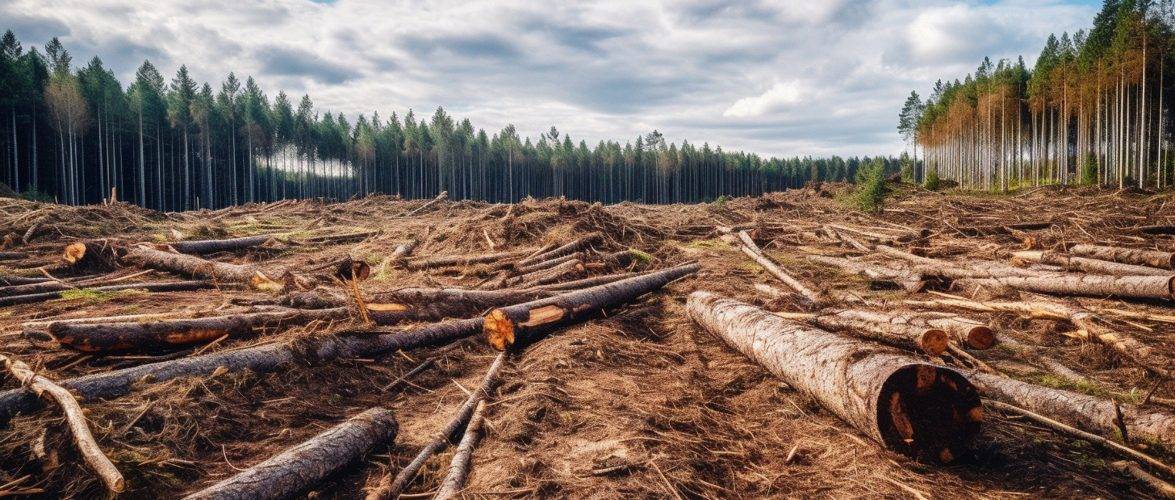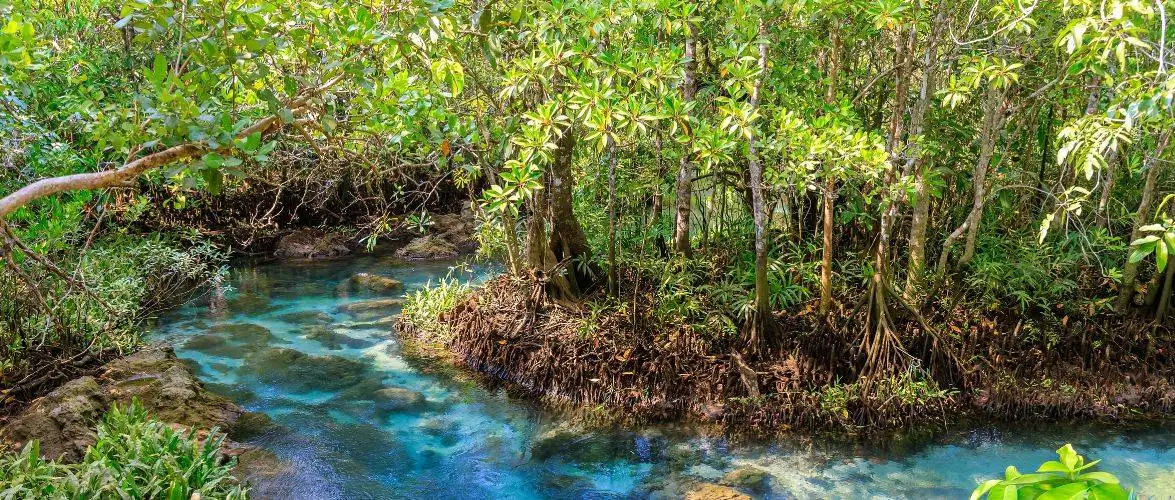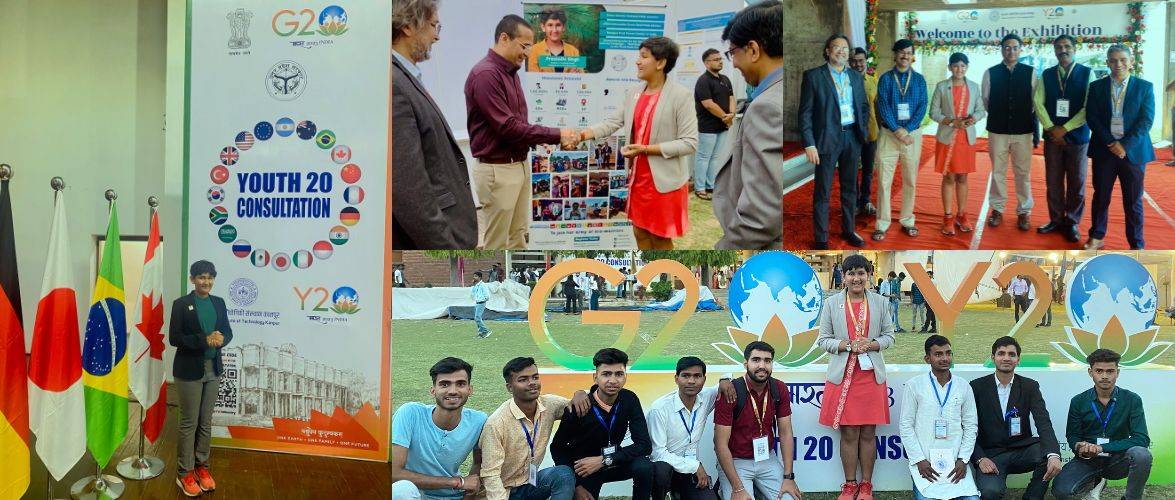A Dark Reality of Human-Caused Climate Changes: Solutions & Way Forward
An Overview:
- Discover the Impact: Understanding Human-Caused Climate Change
- Since the industrial revolution, human activities have been the primary culprit behind climate change
- From food shortages, and increased natural calamities to dwindling biodiversity, humans have wreaked havoc on this planet
- Unsustainable activities like deforestation, and over-exploitation of natural resources are making our planet unlivable with each passing day
- However, there’s light at the end of the tunnel. Every small step taken in the right direction can make this planet a better place to live in
- So what can you do to reverse the impact of climate change? Read on to find out
The United Nations describes climate change as “Long-term shifts in temperatures and weather patterns.” Scientifically, climate change can happen both due to natural reasons and human activities. However, since the industrial revolution of the 19th century, human activities have been mostly responsible for climate change. In fact, the emission of greenhouse gases has been the biggest contributor to global warming causing a spike in the earth’s average temperature by 1.1°C since the late 1800s. Not just that, as per IPCC SIXTH ASSESSMENT REPORT, the last decade (2011-2020) was the warmest on record, and each of the last four decades has been warmer than any previous decade since 1850. Things seemingly are taking a turn for the worse as we are likely to cross 1.5°C climate threshold between 2023-27.
Carbon dioxide and methane are the primary greenhouse gases responsible for climate change. Their origins can be traced back to various human activities, such as utilizing gasoline to operate vehicles or burning coal to warm buildings. Deforestation and land clearance can also result in the release of carbon dioxide into the atmosphere. Additionally, significant amounts of methane emissions arise from agricultural practices as well as oil and gas operations. The main contributors to greenhouse gas emissions encompass several sectors, including energy production, industrial processes, transportation, construction, agriculture, and land use.
The impact of this has been disastrous, to say the least. Many parts of the world are witnessing an unforeseen level of heat making those regions more and more unlivable. However, the rise in temperature is just the tip of the iceberg. Climate change is responsible for more than one kind of catastrophe around the globe. Climate change is behind intense droughts, water scarcity, severe fires, rising sea levels, flooding, melting polar ice, catastrophic storms and declining biodiversity.
Abating Destructions: How Humans Activities are Causing Environmental Havoc
Spike in Natural Calamities Including Flood, Droughts and Forest Fires
Global mean sea level increased by 0.20 [0.15–0.25] m between 1901 and 2018 and human activities are very likely the biggest contributor to this rise. The melting of glaciers and polar ice caps has led to a substantial rise in the sea level and this in turn has been fueled by global warming caused by the combustion of fossil fuels and other industrial activities. Extraction of ground water, oil and natural gas causes land subsidence, particularly in coastal areas which again is linked to rising sea levels. An increase in heatwaves, heavy precipitation, droughts, and tropical cyclones have also been directly linked to human influence.
Threat to Food Security and Quality of Life
The evasive nature of climate change has led to around 3.3-3.6 billion individuals residing in environments that are highly susceptible to the effects of climate change. The rise in extreme weather events and climate-related incidents has exposed millions of people to immediate food shortages and decreased water security. The most severe impacts have been observed in various regions and communities, particularly in Africa, Asia, Central and South America, Least Developed Countries (LDCs), Small Islands, the Arctic, and globally among Indigenous Peoples, small-scale food producers, and low-income households. Deforestation, unsustainable agricultural and industrial activities snowball into changing precipitation patterns, and reduced crop yield which ultimately contributes to food and water shortage and of course the lowest in the socio-economic ladder are the ones who suffer the brunt of it.
Severe Health Hazards
As per IPCC regions experiencing extreme heat have seen a rise in human morbidity and mortality. There has been an increase in food-borne and water-borne diseases as well and in some regions, extreme heat has contributed to trauma and mental health issues as well
Dwindling Biodiversity
Climate change has resulted in significant and progressively irreversible harm to various ecosystems, including those on land, freshwater, cryosphere, and coastal and open ocean areas. The escalation of extreme heat events has caused numerous localized extinctions, leading to large-scale mortality events both on land and in marine environments. And this extreme heat is mostly a result of human activities like deforestation, excessive urbanization, and exploitation of natural resources. Certain ecosystems are nearing a state of irreversibility, such as the hydrological impacts caused by glacier retreat and the transformations occurring in mountain and Arctic ecosystems due to the thawing of permafrost.
The Way Forward
A lot of us have been ignoring climate change for the longest time, but if we continue to do so, our future selves and our future generations will have to pay a hefty price for it. At an individual level, we have a lot that we can do to fight climate change.
The first step is to be aware. Learning about climate change and having the willingness to make a change is the first step in fighting this catastrophe. Know more about how you can create an impact with thegreenpillar.com. Our climate courses are exclusively created by Global TGP experts to combat climate change. You can sign up for the course “Be the Impact Creator” today.
What You Can Do
Studies show that the energy supply sector accounts for 35% of global emissions, the largest contributor to global greenhouse gas emissions! From our end, we can definitely be mindful of our energy consumption. Switching to renewable energy sources, being mindful while using AC or heater, keeping track of our energy consumption…these are the few steps we can take towards building a better planet.
Speaking of taking a few steps, increasing our daily step count can also be a great way in saving the world from greenhouse gases. Instead of driving to the nearest grocery store, consider walking or biking to it, better for your and the planet’s health. Try to use public transport as much as possible, and even for your own personal vehicle look for more eco-friendly options like, EVs or CNG cars.
Lastly, plant more trees. Trees are the only antidote to the rising pollution and greenhouse gases so if we want respite from the crippling heat every summer, planting trees is the way to go. You can PLANT A TREE with our impact partner Prasiddhi Forest Foundation.
Well, the good news is, with rising awareness we see more and more people being conscious about climate change and taking deliberate steps to combat it. A collective of billions of these tiny steps can create a huge impact in reversing climate change and eventually be able to #HealOurEarth.








